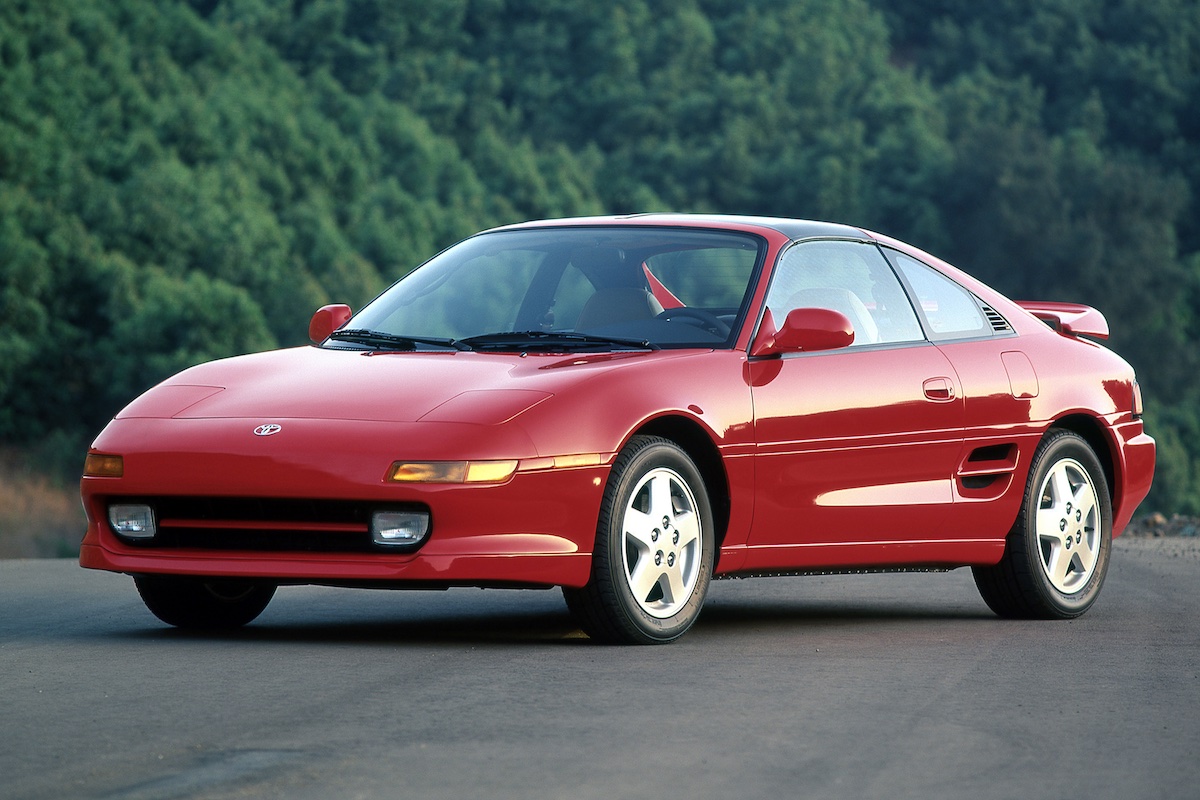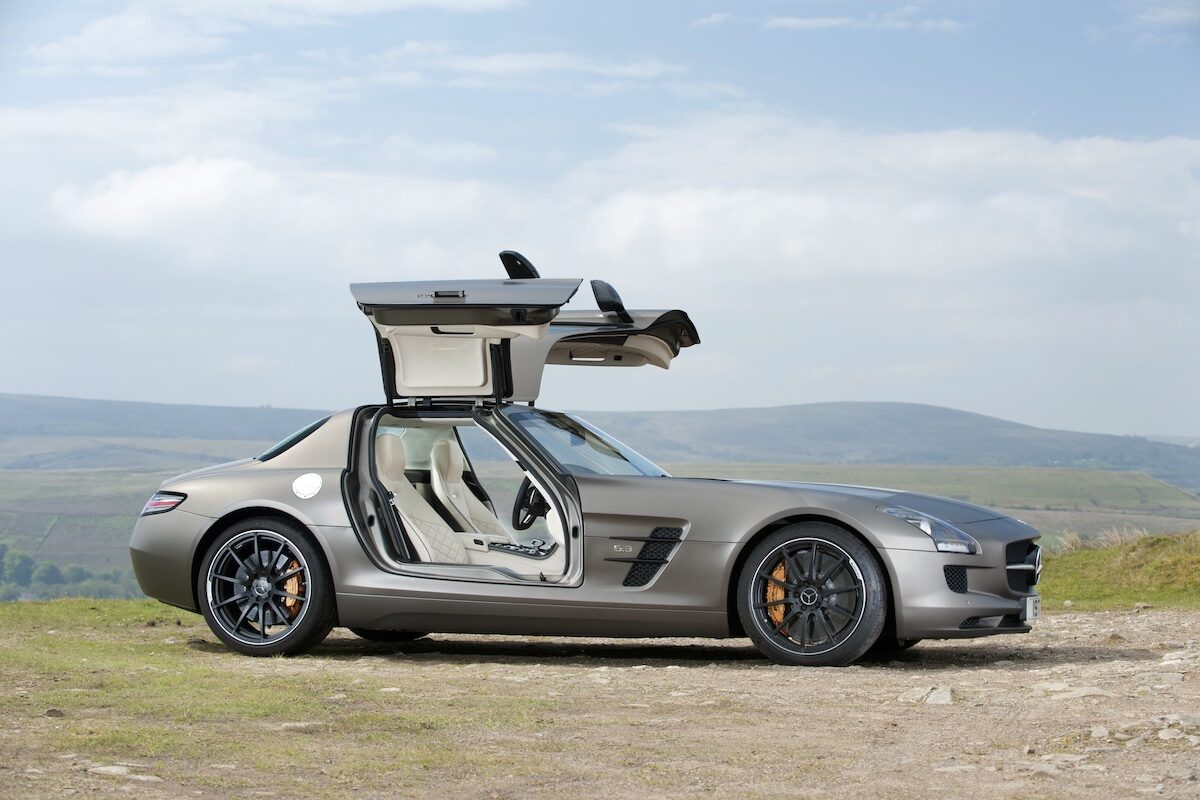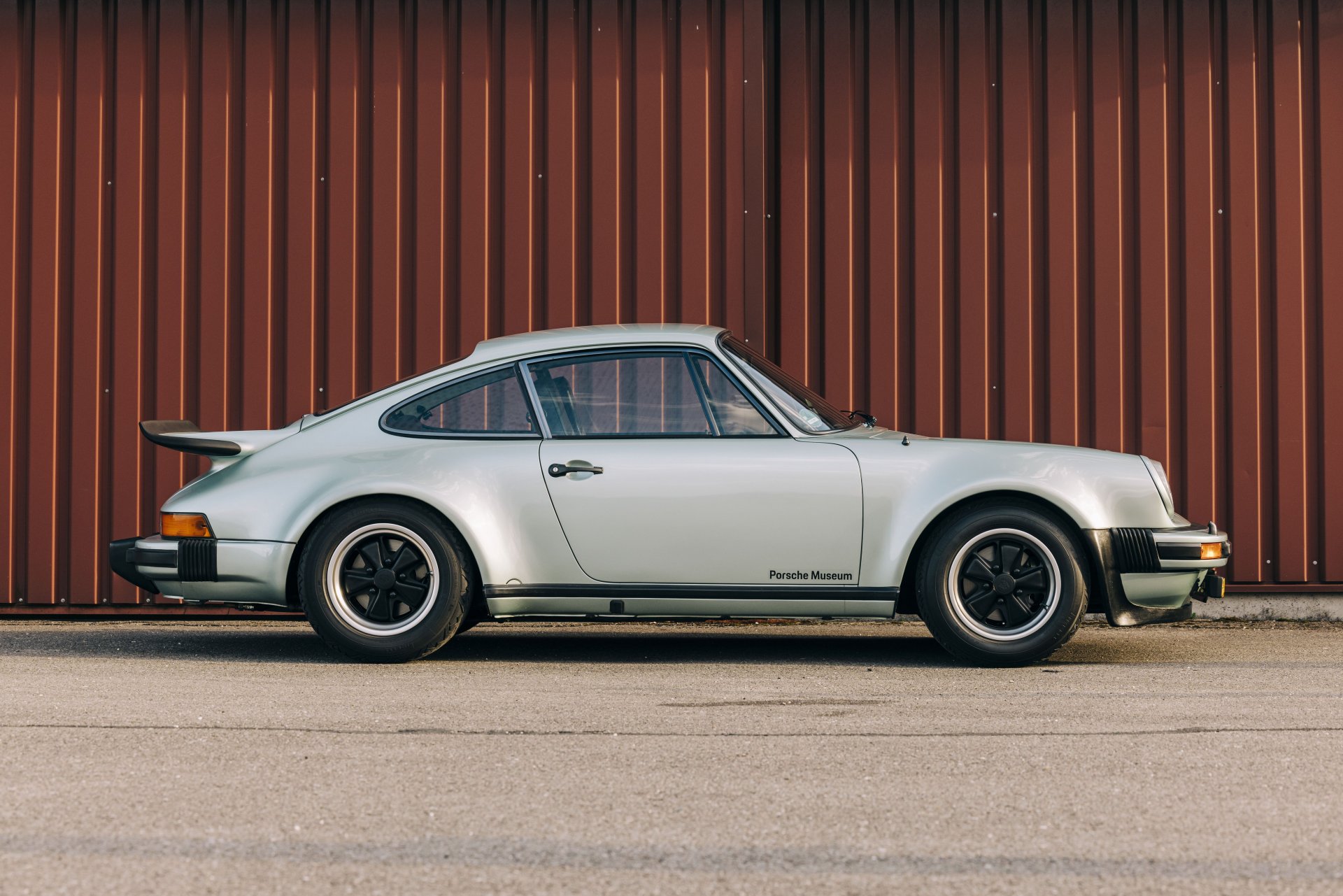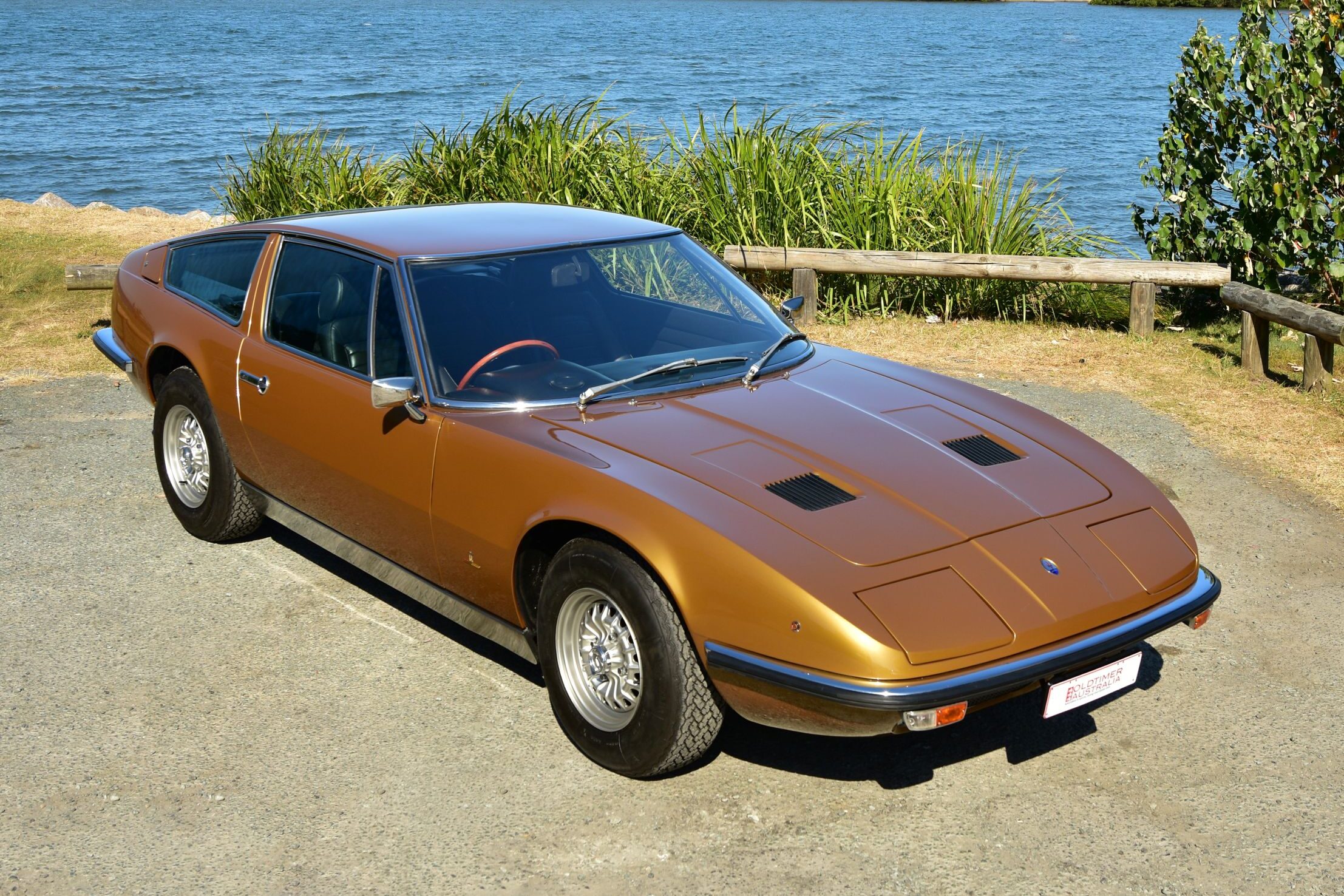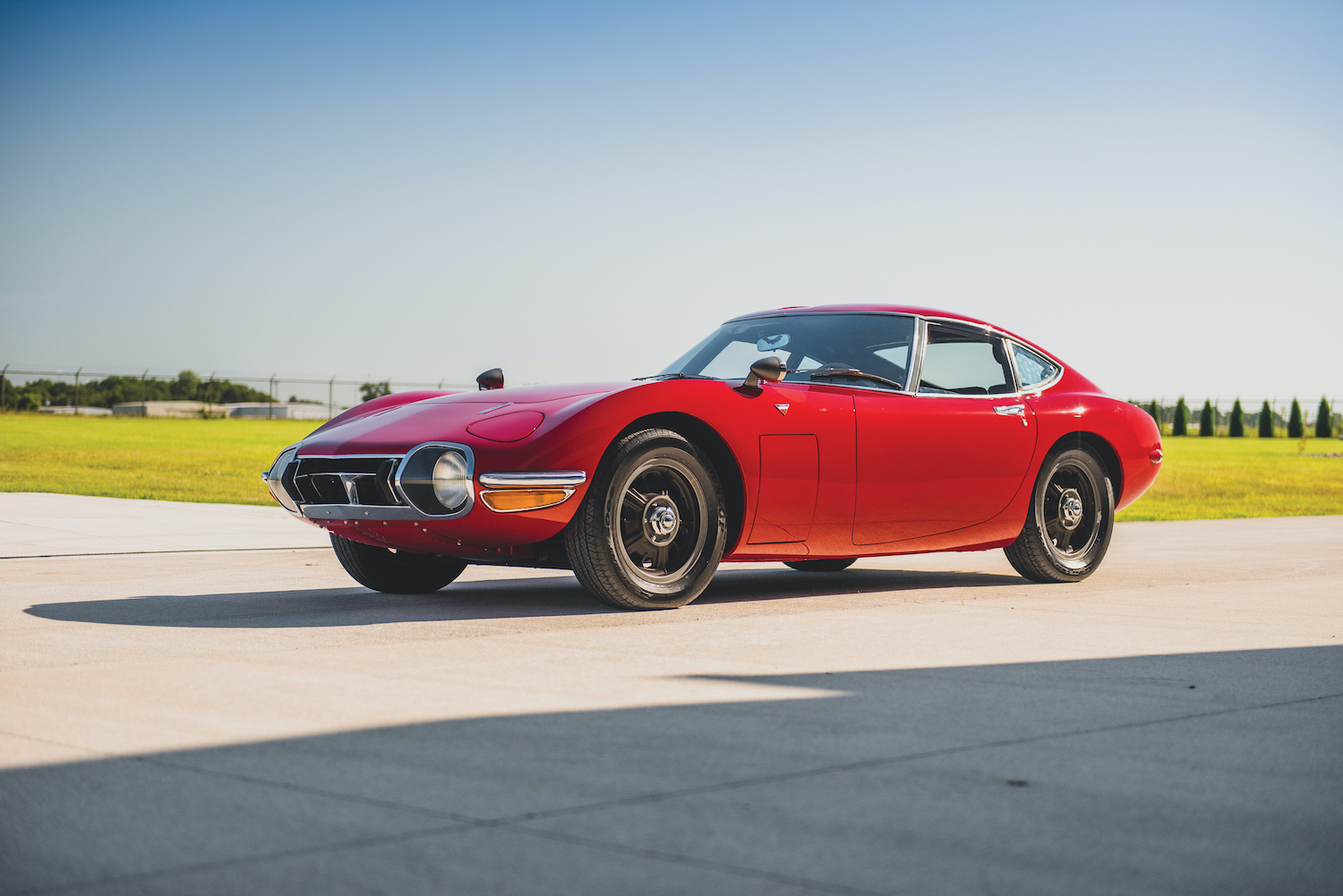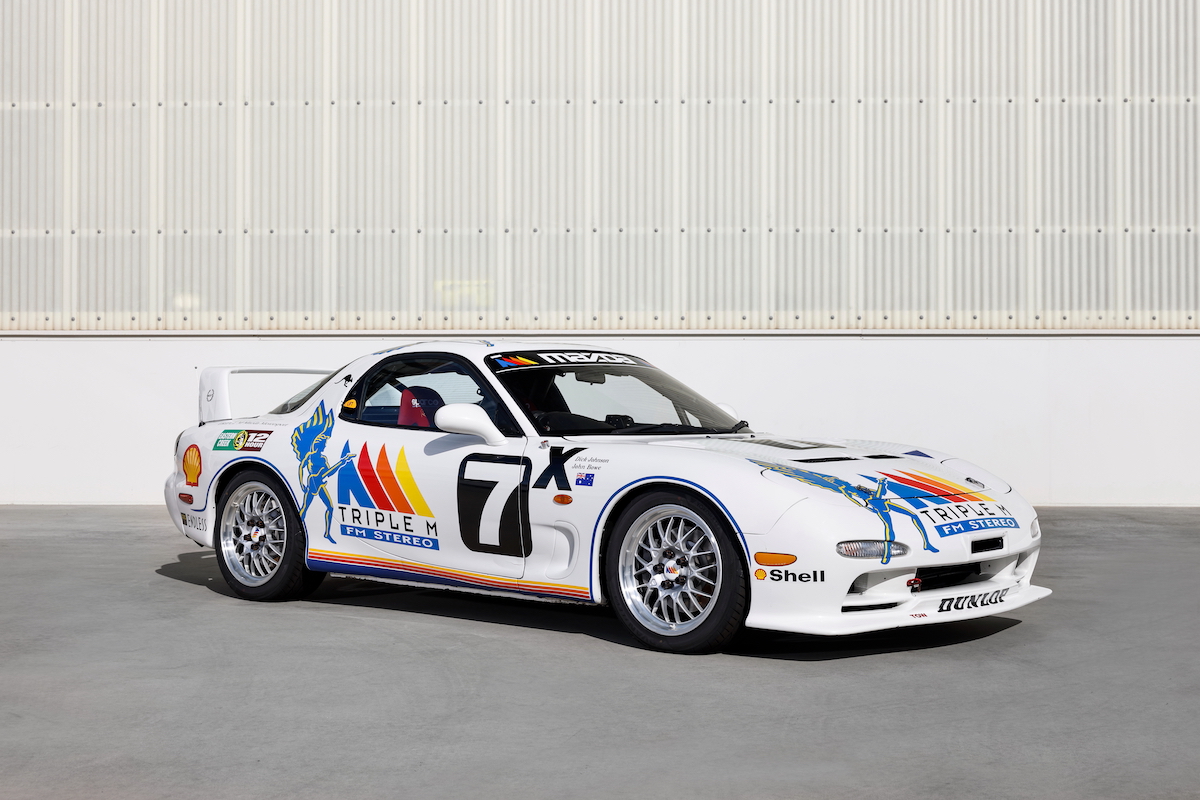Nicknamed ‘Mister Two’ from the day it was launched in 1984, Toyota’s mid-engined MR2 was flagged as a mini-Ferrari despite never having the performance to stand-up that claim.
Five years later, the cheeky and chunky AW11 original was replaced by the restyled and re-engineered SW20. In this form, the MR2 really did start looking like a Ferrari in shrunken form, and with a turbocharger hooked to its ‘3S-GTE’ 2.0-litre engine it also produced sufficient grunt – a healthy 167kW and 304Nm – to deliver the goods on the performance front.
Australia didn’t see turbo versions of the SW20 MR2 when new, and perhaps that was a wise decision on Toyota’s part. The cars we did get, atmo 2.0-litre twin-cams with 117kW, were less entertaining than those that would later arrive as used JDM imports, but also less challenging to drive quickly.
The revised SW20 was longer, wider and supposedly better balanced than the original AW11. Front and rear suspension was by struts and coil springs, with the soft rear spring rates sometimes blamed for its errant handling.
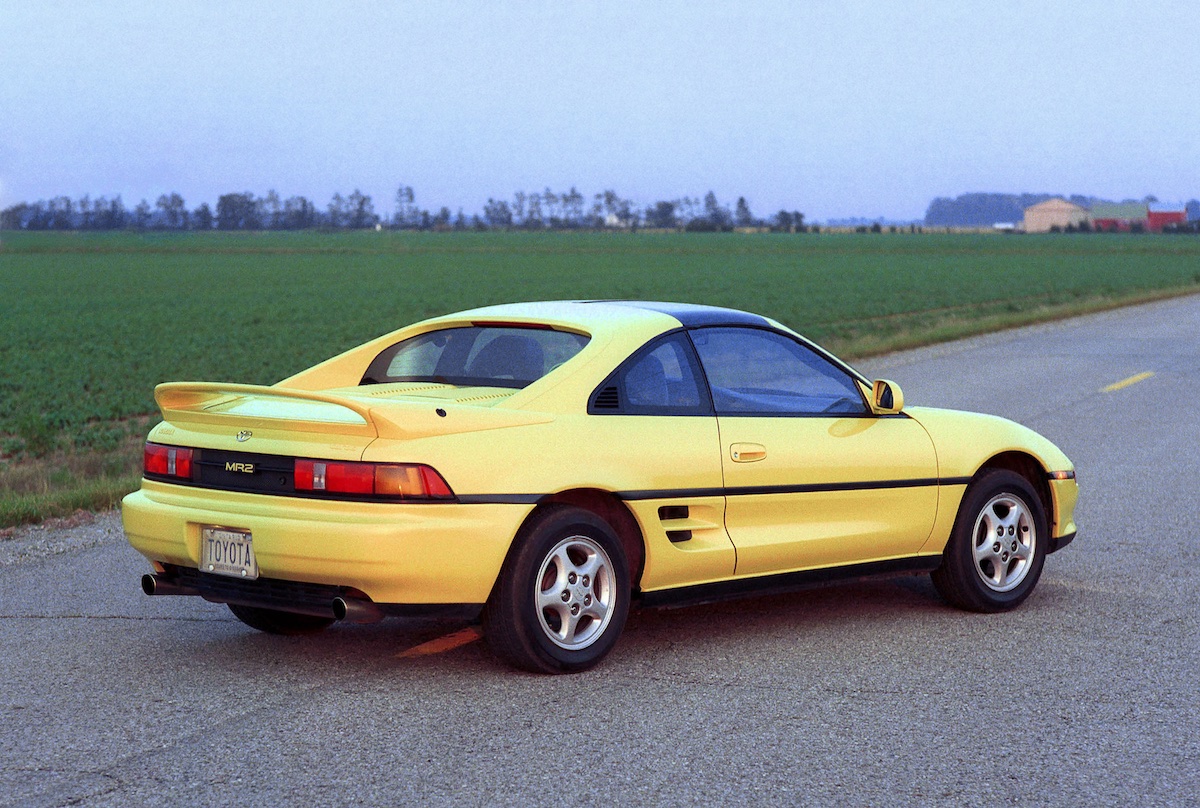
The problem occurred when drivers who were inexperienced with mid-engine handling dynamics (meaning most of them) felt the car beginning to slide and instinctively lifted off the throttle too quickly. In this scenario, with the car’s weight-distribution skewed rearwards at around 56 percent, the MR2 could snap sideways very quickly, requiring serious skill to catch it.
Analysis over the years since SW20 versions appeared suggest a more probable cause to be rear tie rods that had been made too short in early SW20 versions. An update released in 1992 saw these components extended by 90mm and alterations made to rear toe-in angles.
Cars built after 1993 were further upgraded to include faster ratio steering which aided response by the driver to bad behaviour from the rear end.
Cars seen here generally came with removable roof panels and T-Top rollover protection. Inside the cabin, even with the roof segments in place, there was room for two fairly tall adults in well-shaped seats.
Trim in Turbo versions, which were designated ‘Luxury’ for the Japanese market, saw leather bolsters teamed with cushions in fake-suede Alcantra. Turbo versions of the MR2 also had an uprated sound system (by now likely replaced) and integrated air conditioning.
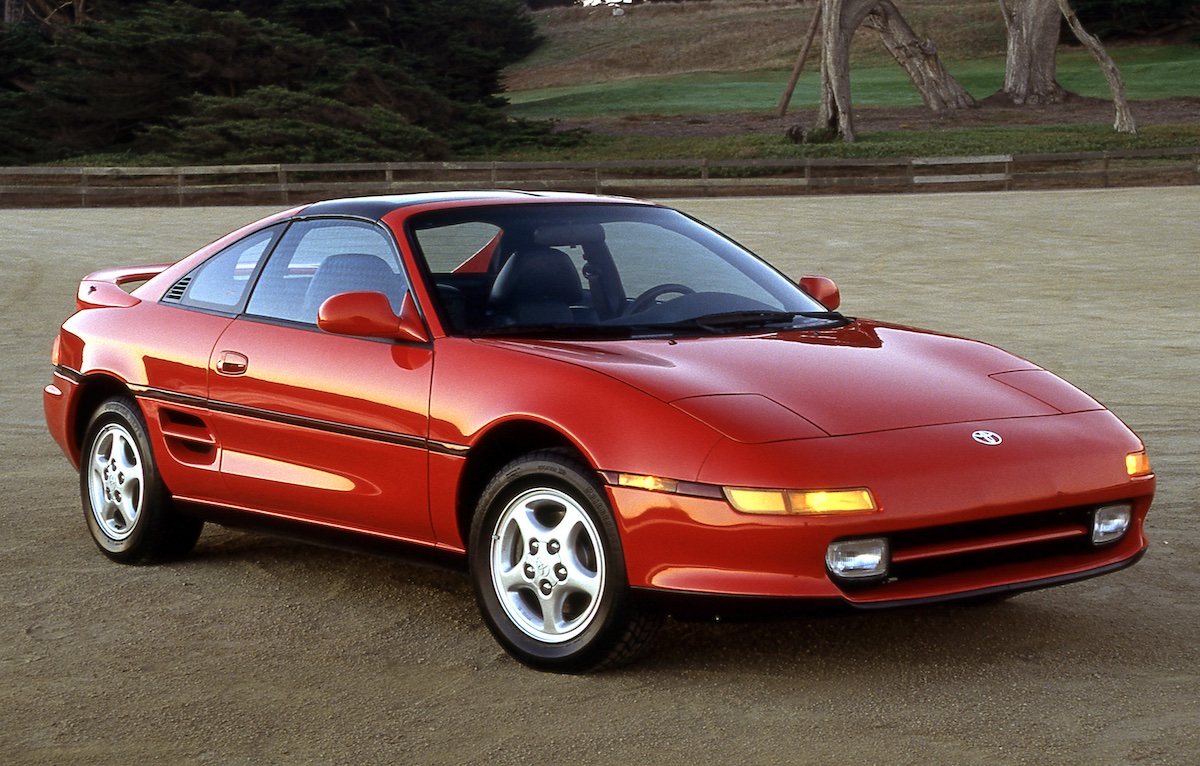
The local market 25 years ago was packed with recently imported MR2 Turbos, but fascination with these cars has waned. Plenty remain available ex-Japan, however, as a peek into the influential Goo-Net auction site will reveal.
On the day we were there, several MR2-Ts were listed, at starting bids that ranged from ¥800,000 (under A$9000) to more than ¥5 million (around $48,000). Low kilometre cars are highly prized and expensive.
Local asking prices under the influence of Covid-19 soared past $40,000 but have retreated in the years since. Cars in particularly good condition can be found for less than $30,000 while early ones that have registered significant distance might cost $15,000.
Preserving a low kilometre MR2 remains a sound strategy. These are durable cars, with parts still freely available in Japan and lots of local knowledge to keep them running for decades into the future.
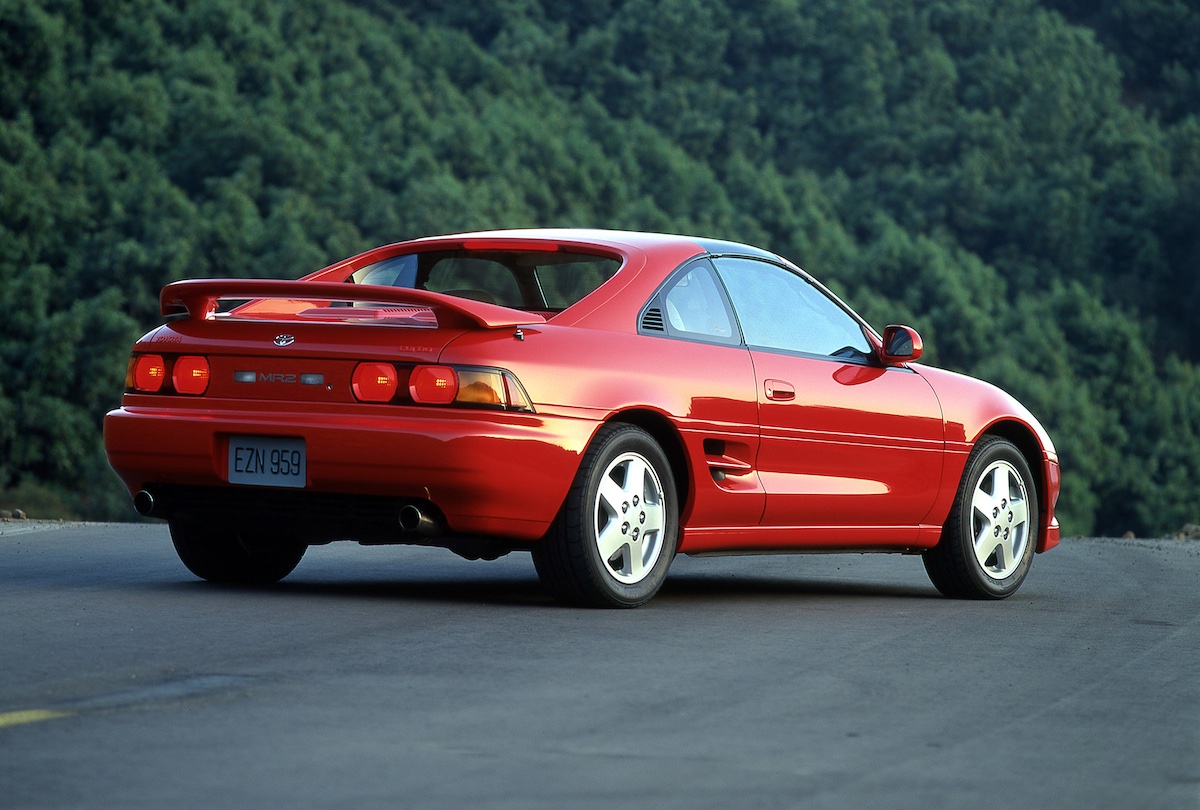
Things To Watch Out For When Buying A Used Toyota MR2 Turbo (1990-98)
- Exhaust smoke of any kind but especially white which indicates oil being burned by the turbocharger.
- Worn suspension bushings allowing excessive movement and reduced control.
- A shuddering clutch.
- Damage to lower edges of the air dam due to kerb strikes.
- Edge worn tyres which need to be replaced in pairs due to different sizing front-rear.
Valuation Timeline: Toyota MR2 Turbo (1990-98)
-
1995$30,000
-
2005$21,500-28.33%
-
2010$11,500-46.51%
-
2015$13,500+17.39%
-
2020$13,000-3.7%
-
2023$43,000+230.77%
-
2025$32,000-25.58%1990-94 MR2 Turbo



